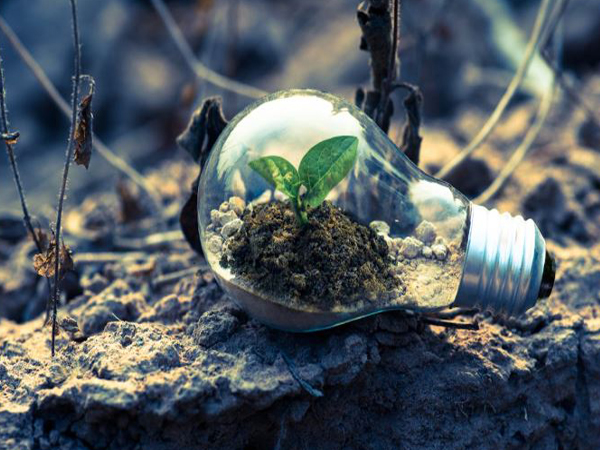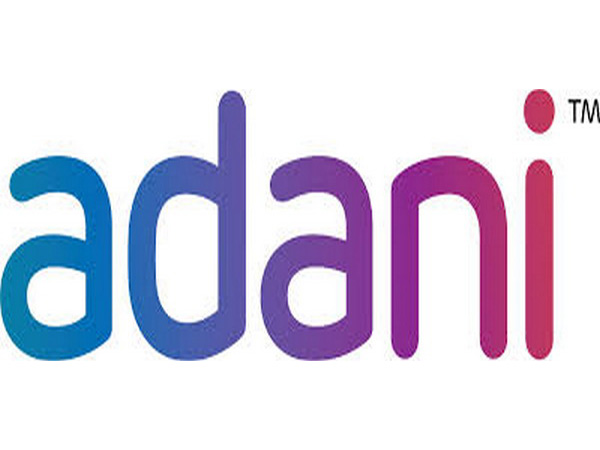New Delhi [India] April 23 (ANI): India is making substantial strides in clean energy transition by investing in green hydrogen infrastructure, shifting from carbon-intensive hydrogen production methods to renewable-powered green hydrogen through electrolysis.
A report “Role of Green Hydrogen in Indian Steel Sector” by Ernst & Young (EY)-Parthenon in collaboration with WWF-India, says that India’s commitment to green hydrogen presents a transformative opportunity to decarbonise its steel sector, a major emitter of global CO2 emissions.
The steel industry, responsible for 7 per cent of global CO2 emissions, is central to this transformation.
The report noted that green hydrogen presents a sustainable alternative to traditional carbon-intensive methods. Integrating green hydrogen into steel production presents a significant opportunity for decarbonisation.
Hydrogen can be applied across various stages of production, including agglomeration, blast furnace operations, DRI processes, and downstream activities, such as reheating and galvanising.
While partial hydrogen blends have already been successfully demonstrated, full hydrogen adoption is still under exploration. Despite challenges like feedstock availability and infrastructure requirements, technological advancements and supportive policy frameworks are facilitating a move toward a greener future for steel production.
India’s 2070 net zero scenario, the green H2-DRI and electric arc furnace (EAF) route is expected to contribute 13 per cent of the projected 403 MMTPA crude steel output by FY50, growing to 41 per cent of 597 MMTPA by FY70.
Green hydrogen demand in the steel sector is expected to grow at a 13 per cent CAGR, reaching 15.15 MMTPA by FY70.
The report noted that to achieve a 245 MMTPA H2-DRI capacity by 2070, heavy investments are needed.
“Our analysis shows, to achieve a 245 MMTPA H2-DRI capacity by 2070, investments of USD 297-USD 304 billion are needed,” said the report
It adds that falling green hydrogen prices will make this a viable alternative to traditional steel making.
The report, however, cautions that despite these advantages, widespread adoption of green hydrogen faces significant barriers.
It said, “High initial infrastructure and technology costs require government incentives, such as production-linked schemes, tax breaks, and public-private partnership (PPP) models.”
The report suggests the need for a comprehensive National Green Hydrogen Policy, which includes regulatory measures to reduce renewable power costs and establish adoption targets. Financial incentives, such as tax breaks and carbon pricing mechanisms, are essential to attracting investments to meet funding requirements. These measures can reduce electricity and capital costs, making hydrogen adoption more affordable, the report adds.
The National Hydrogen Mission, (NHM) launched in 2021, can be a great enabler for this. NHM aims to make India a global leader in green hydrogen with targets of five million metric tons of annual green hydrogen production by 2030. (ANI)
Disclaimer: This story is auto-generated from a syndicated feed of ANI; only the image & headline may have been reworked by News Services Division of World News Network Inc Ltd and Palghar News and Pune News and World News
HINDI, MARATHI, GUJARATI, TAMIL, TELUGU, BENGALI, KANNADA, ORIYA, PUNJABI, URDU, MALAYALAM
For more details and packages

















